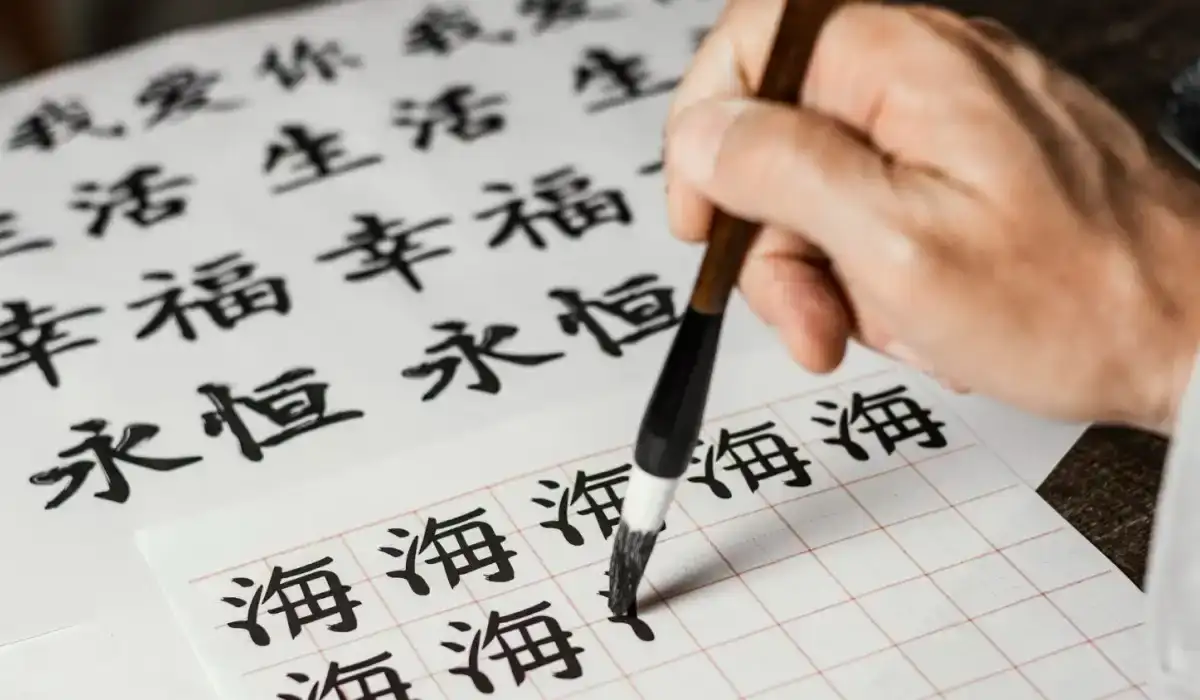On April 20th every year, we celebrate Chinese Language Day, an initiative established by the United Nations. This special day is an homage to the Chinese language, recognized as one of the six official languages by the UN. The main objective of this day is to encourage linguistic diversity and multilingualism across the world.
Chinese Language Day shines a light on the distinct characteristics and historical relevance of the Chinese language, fostering a deeper understanding of its traditions, literature, and arts.
History of Chinese Language Day
April 20th is recognized globally as Chinese Language Day, a day set up by the United Nations Educational, Scientific and Cultural Organization (UNESCO) in 2010. This day was designed to promote cultural diversity and multilingualism. It’s part of a series of six Language Days, celebrated by the UN, each corresponding to the six official languages of the UN - French, English, Russian, Spanish, Arabic, and Chinese.
The 20th of April holds special significance in the history of the Chinese language. This date is a tribute to the legendary figure of ancient China, Cangjie, who is believed to have invented Chinese characters. Cangjie, with his four eyes, resonates the image of a deeply perceptive entity who understands the world profoundly. It’s believed that when he created the characters, a spontaneous shower of millet grains rained down the heaven, thus marking an epoch called “Guyu”, or “Millet Rain”, which typically falls around April 20th.
UNESCO established Chinese Language Day to celebrate the richness and diversity of the Chinese language. It is also aimed at fostering cross-cultural understanding and encouraging the usage of all six official languages across all United Nations functions.
Chinese Language Day Timeline
Oracle Bone Script
The oldest confirmed form of Chinese language, used on oracle bones for divination practices during the Shang Dynasty.
Qin Dynasty Standardizes Written Language
The written language was standardized during the Qin Dynasty, marking the beginning of Classical Chinese literature.
Evolution to Clerical Script
The classical writing evolves into clerical script, known as Lishu, during Han Dynasty. This is the beginning of modern Chinese writing style.
May 4th Movement
A cultural movement that marked a significant shift towards vernacular Chinese in education, literature, and everyday communication.
Simplified Chinese Introduced
The People's Republic of China introduced Simplified Chinese characters to improve literacy rates.
Pinyin System
Introduction of the pinyin system, a romanized spelling for phonetic notation of Chinese characters, adopted as the official language of the People's Republic of China.
First Observance of Chinese Language Day
The United Nations observes Chinese Language Day for the first time, aiming to celebrate multilingualism and cultural diversity.
Ideas to Celebrate Chinese Language Day
Chinese Calligraphy Workshop
Organize a workshop or a class where participants can learn about and practice Chinese calligraphy. Learn to write from basic characters to intricate phrases. This could be a great activity for bringing culture to life and make language learning more enjoyable.
Visit a Chinatown
Visit your local Chinatown, if there is one nearby. This could immerse you directly in Chinese culture, food and language. Many of these enclaves participate in Chinese Language Day and may offer educational tours or events.
Chinese Movie Night
Host a Chinese movie night with English subtitles, to immerse in details of Chinese daily lives, varied dialects and traditional customs. This could be a relaxing and enjoyable way to experience and learn the language.
Chinese Language Competition
Organize a language contest where participants can test their skills in various categories such as speaking, writing, listening or reading. This encourages friendly competition among learners and inspires people to enhance their Chinese language capabilities.
Book Club with Chinese Literature
Start a book club that specifically focuses on Chinese literature. Reading original text in its own language can give readers a better understanding of the culture and history behind these works.
Chinese Art Exhibit
Arrange an art exhibit that showcases Chinese culture and history. Along the path, display explanations and stories in both Chinese and your local language to let guests learn some vocabulary while they enjoy the art.
8 Interesting Facts About Chinese Language
A Tonal Language
Chinese language is a tonal language where the meaning of a word can change based on the tonal pronunciation. Mandarin, the standard Chinese, has 4 tones.
Rich in Homophones
Chinese language is full of homophones. There are many words with different meanings which have the same pronunciation. Context is key to understanding the correct meaning.
Characters Over Alphabet
Instead of an alphabet, Chinese language uses characters. There are over 50,000 characters in the Chinese language, though only about 5,000 are generally used in daily life.
Not a Single Language
Chinese is not a single language. It's a group of languages that are sometimes as different from each other as English is to German. There are many dialects such as Mandarin, Cantonese, Wu, Jin, etc.
Calligraphy Art
Chinese calligraphy is considered a form of art. It requires control of the brush and concentration to create characters which are balanced and beautiful.
One of the Oldest Languages
Chinese is one of the oldest languages still in use in the world. The earliest confirmed written records date back to the Shang Dynasty, more than 3,000 years ago.
Pinyin System
The Pinyin system, introduced in the 1950s, uses the Latin alphabet to phonetically transcript Chinese characters for learners of the language.
Global Influence
Chinese language (Mandarin) is the most spoken language in the world when counting native speakers, with over 900 million.
Chinese Language Day FAQs
Next Chinese Language Day Dates
| Year | Date | Day |
|---|---|---|
| 2023 | April 20th | Thursday |
| 2024 | April 20th | Saturday |
| 2025 | April 20th | Sunday |
| 2026 | April 20th | Monday |
| 2027 | April 20th | Tuesday |
| What is the pattern? | Every April 20th | |
Chinese Language Day Word Search
- Chinese
- Mandarin
- Cantonese
- Characters
- Calligraphy
- Tones
